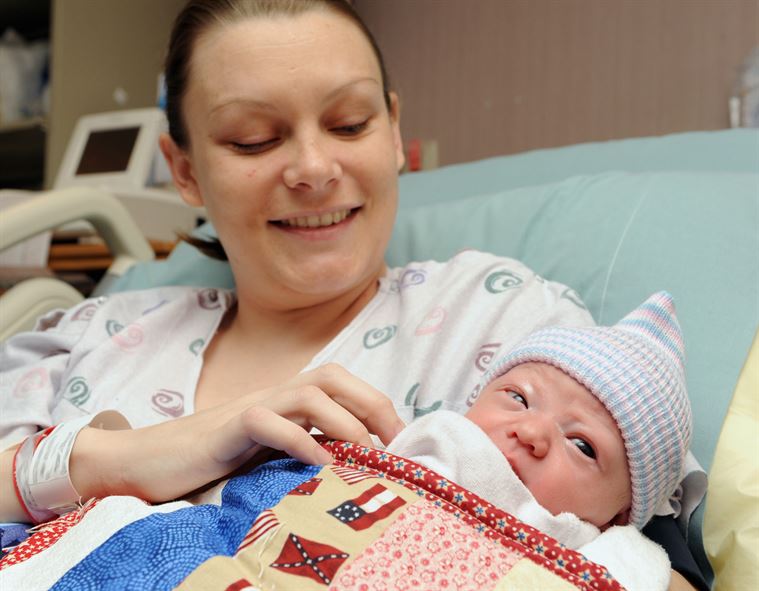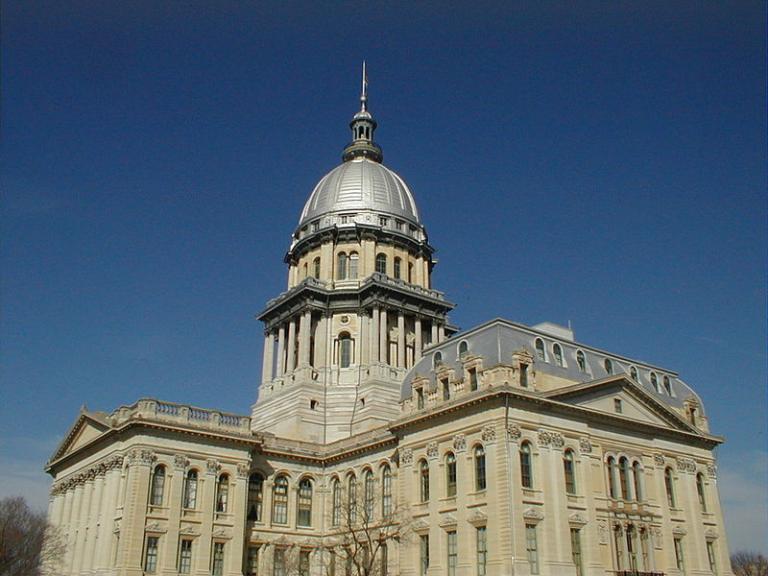This is somewhat long-winded and it takes a while to get to my point (to the extent that I have one), but please bear with me.
Illinois’ new governor, Bruce Rauner, presented his budget to the legislature, and the public, earlier this week. Just as with Obama’s budget, it’s DOA because his party is in the minority in the legislature — but it’s got, unlike Obama’s tax hikes, major budget cuts.
One of those is transit — or, specifically, cuts to funding the Chicago area mass transit systems Metra (commuter rail), CTA (city El and buses) and Pace (suburban buses).
Per the Chicago Tribune,
The CTA, Metra and Pace would lose almost $130 million in state funding under the 2016 budget plan that Gov. Bruce Rauner presented Wednesday, potentially threatening transit services provided to disabled riders and opening the door to deep service cuts and fare increases for daily commuters on trains and buses, transit officials said.
The CTA alone would suffer a state cutback of more than $105 million, according to a preliminary analysis by the transit agency. The proposed cuts, roughly 7 percent of the agency’s operating budget, would risk reversing improvements the CTA has made in recent years, CTA spokesman Brian Steele said. . . .
In an apparent effort to downplay the impact, a fact sheet released by the governor’s office said the proposed reduction equals 4.4 percent of the Regional Transportation Authority’s $2.9 billion operating budget for the Chicago-area mass transit system in 2015.
So where does the money come from, in general? Ah-ah! “The transit system’s operating budgets are based approximately 40 percent on fares, 40 percent on sales tax revenue and 20 percent on state funding.”
So my first thought was this: why not have the funds for Chicago-area transit come from Chicago? Why should downstate Illinoisians have to pay?
But it’s not that simple, because every community of a certain size gets state funds to run its bus system, in some cases considerably more funds, relatively, than Chicago. I tried to find some information online, and found out that, in Springfield, the state pays 62% of the operating budget, and fares a mere 9% of the total (the remainder coming from local and federal funding). That’s a lot of state subsidy — far more than the 20% for the Chicago area! Is this an anomaly because Springfield is the capitol and lawmakers send lots more money its way?
I looked around for other smaller towns in Illinois (Peoria, Urbana-Champaign, Kankakee) but they didn’t have the equivalent information on their transit websites. But here’s a document with the details on state funding to downstate towns — Springfield gets 12.7 million in state funds and Peoria 19.3 million, for instance.
Now, I thought I could do some math around this. I pulled up the population for the six-county area that’s officially part of the RTA, the regional transportation authority for the Chicago area: 8.3 million. I divided the funds allocated by the state, according to the above document, 327.8 million, and calculated that the state of Illinois passes on about $40 per person for Chicago-area transit funding.
For Peoria, the county population is 188,000, so that’s about $100 per person. For Springfield, the county population is 199,000, which produces $64 per person. Are these the right numbers? Who knows? Their transit systems don’t serve the entire county, and only the county — and large portions of the six-county Chicagoland area aren’t really served by transit, even though they pay the local sales tax that funds it.
What’s fair?
Perhaps my first instinct of “every town/county/metro area” funds its own transit isn’t appropriate, because the state has the ability to collect more funds, via the income tax, than cities can. But then should the state just allocate funds on a per-person basis and be done with it? Are downstate areas “needier” and should be subsidized more? (As it is, even their bus fares are cheaper — $1.00 or $1.25 rather than $2.50.) In any case, this patchwork of funding with special programs for Chicagoland vs. downstate, seems hard to justify, as does the current plan to cut the RTA subsidies but leave everything else intact.
And this is, of course, not even addressing the point of to what extent mass transit should be subsidized in the first place, but just who should be doing the subsidizing.
Is this just a small piece of the puzzle, and not particularly interesting? But every single piece of Rauner’s budget is a matter of such decisions. One of the other cuts is to generic revenue sharing, in which the state passes on some of the income tax revenue to local governments.
And yet: at some point in the past, the budget was in balance, and it’s tempting to say, “just go back to the budget as it existed in” — when? 2000? 1990? There were programs which were expanded since that point that aren’t even under discussion now: funding for children’s health insurance and expansions in funding for preschool programs, to name two.
No matter what, getting the budget in balance won’t be as simple as waving a magic wand, and Rauner can’t be a second Walker when the legislature won’t vote how he wants.












